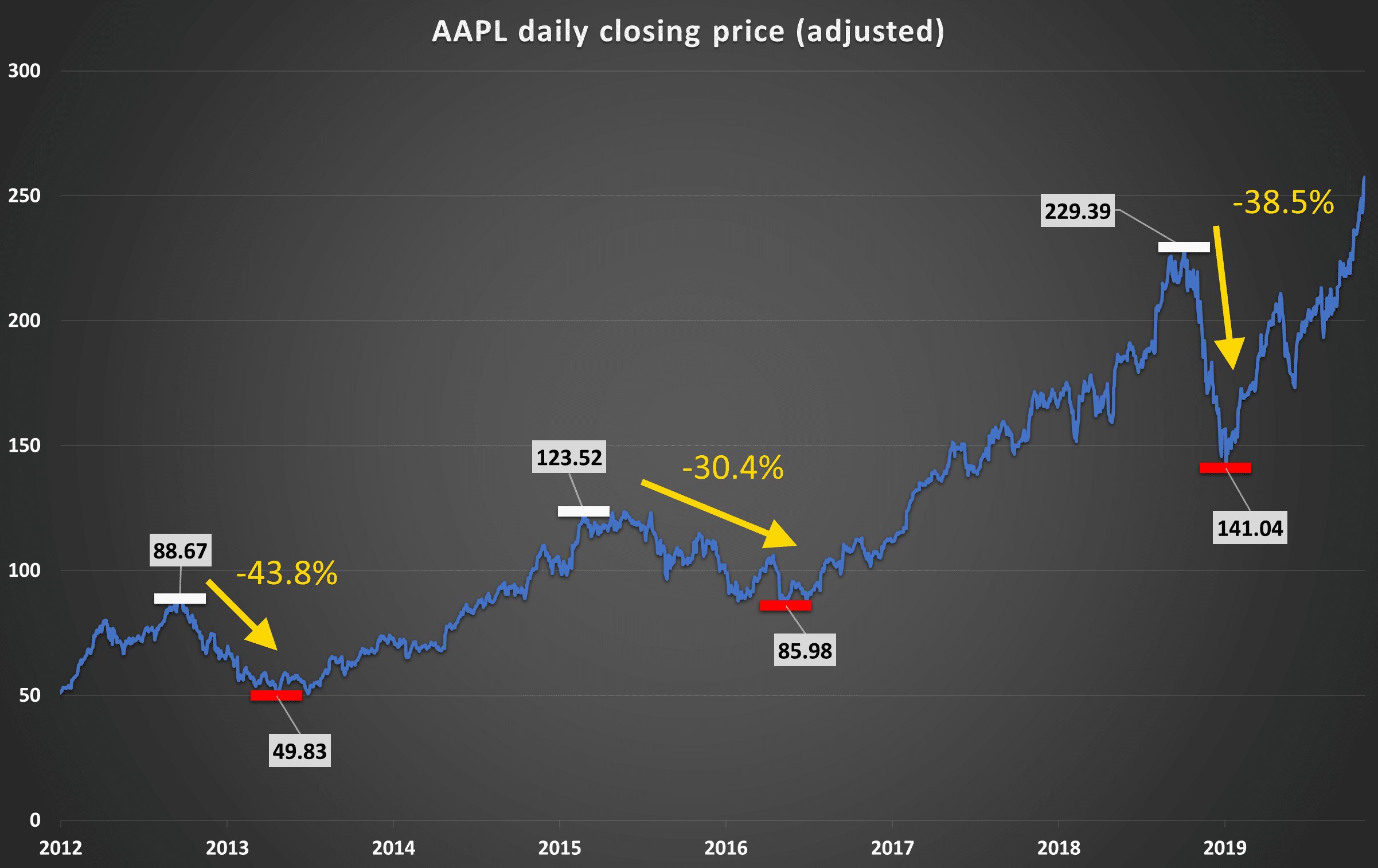

I have dealt with avoiding circularities when calculating interest on average balances before using algebra (please see here for further information).

Therefore, any reference to a balance or movement other than the opening debt for the period may cause circular logic in any formulae constructed. Drawdowns are often used to fund shortfalls caused by costs such as interest paid repayments are subject to the cash available which is reduced by the amount of any interest paid. Interest is not calculated on the opening debt balance alone.Repayment calculations often get into a tangle leading to circular logic, chiefly for two reasons: Typically, this is the cash generated in the period (usually a calendar or financial year) prior to the debt principal and interest being paid (and any equity payments), but after tax has been accounted for excluding any shield on the interest repaid. Key to calculations is the amount of cash available – known as the Cash Flow Available for Debt Servicing (CFADS). Modellers often revert to macros to construct the appropriate debt repayment profile. Besides, even the most proficient modellers can make a terrible mess of the three approaches cited above. I am not saying these are the only techniques in existence (optimum debt sizing and Weighted Average Cost of Capital (WACC) optimisation approaches are others), but hey, I have to draw the line somewhere. Loan Life Coverage Ratio (LLCR) approach.Project Life Coverage Ratio (PLCR) approach and.Debt Service Coverage Ratio (DSCR) approach.I am going to discuss three common approaches here: This associated debt repayment profile is seldom arbitrary and it is usually forecast to meet certain criteria. Clearly, if debt is to be borrowed it must be repaid at some point. Debt is a key element of most financial models.


 0 kommentar(er)
0 kommentar(er)
